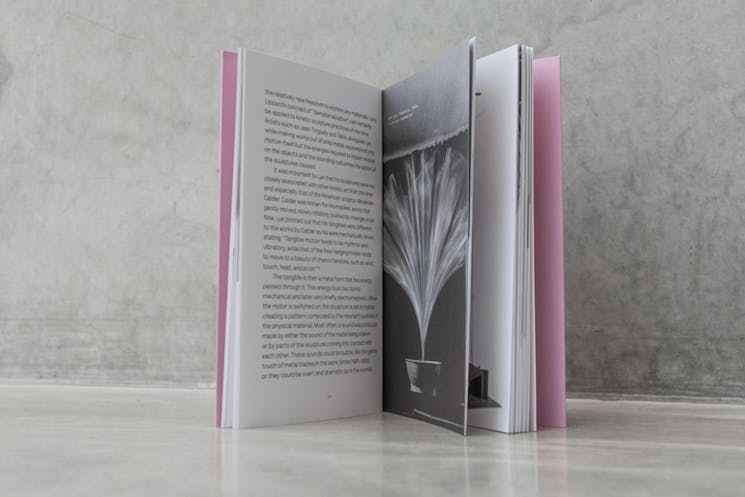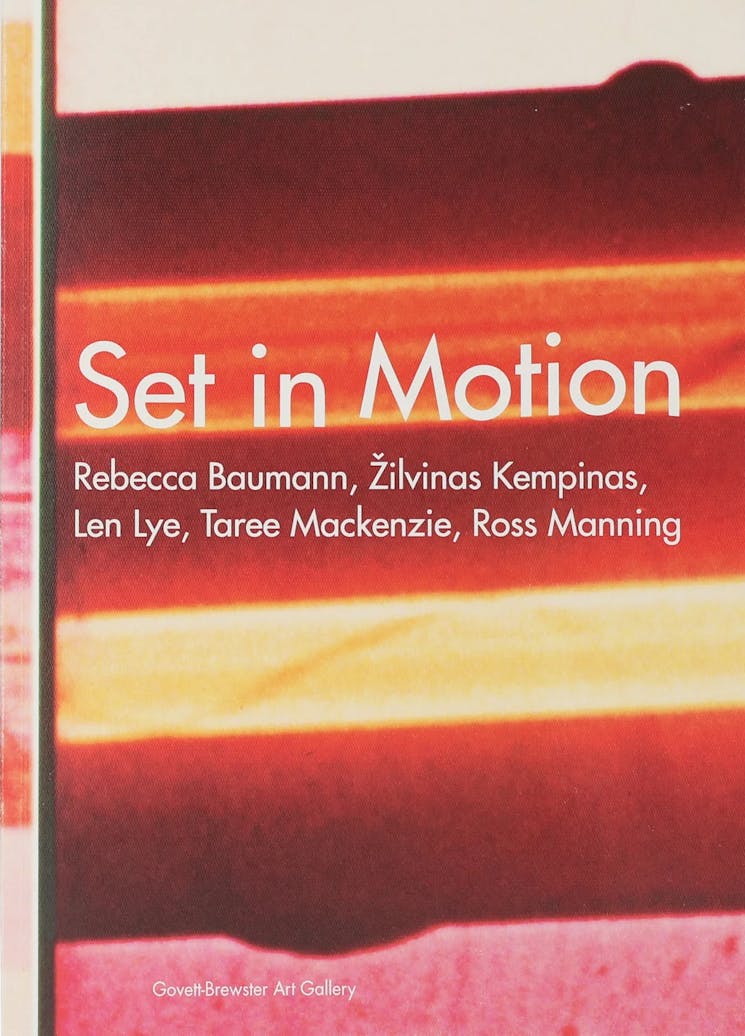Taking its title from the work of American marine biologist and conservationist, Rachel Carson (1907-1964), The Edge of the Sea, celebrates the aquatic landscapes and imagery in Len Lye’s art.
Recognised internationally for his experimental cinema and kinetic sculpture, Lye’s work drew inspiration as much from the natural world as it did from the modern technological world.
Lye’s childhood in Aotearoa included formative experiences at Cape Campbell where the eponymous lighthouse lit up the young artist’s sense of kinetic wonder. That wild and rugged environment set Lye on course for a lifetime of wonder through the natural rhythms of the world.
Leaving Aotearoa in the early 1920s, Lye sought out art and artists in new places, and typically in proximity to water. First in Sydney, alongside the Parramatta River, followed by months living in Samoa before settling in London and living on a barge on the River Thames, Lye’s early years were shaped through wandering as much as wonder. In 1930, a three-month stay on the Mediterranean island of Mallorca continued this impulse and produced some of the most fascinating work of Lye’s career. A permanent shift across the Atlantic in 1944 to Manhattan provided a base for Lye and his wife Ann to make second homes in Martha’s Vineyard followed by Puerto Rico, each providing a new home for Lye’s practice.
The exhibition includes familiar works such as Tusalava, Fountain and Grass together with lesser-known works such as the recently reconstructed sculpture Albatross and several examples from Lye’s suite of myth paintings including Sun, Land and Sea and Ancestor. Previously unseen archival materials and examples of Lye’s extensive drawing practice complete the exhibition and present a natural counterpoint to our image of Lye and his work.
Taking its title from the work of American marine biologist and conservationist, Rachel Carson (1907-1964), The Edge of the Sea, celebrates the aquatic landscapes and imagery in Len Lye’s art.
Recognised internationally for his experimental cinema and kinetic sculpture, Lye’s work drew inspiration as much from the natural world as it did from the modern technological world.
Lye’s childhood in Aotearoa included formative experiences at Cape Campbell where the eponymous lighthouse lit up the young artist’s sense of kinetic wonder. That wild and rugged environment set Lye on course for a lifetime of wonder through the natural rhythms of the world.
Leaving Aotearoa in the early 1920s, Lye sought out art and artists in new places, and typically in proximity to water. First in Sydney, alongside the Parramatta River, followed by months living in Samoa before settling in London and living on a barge on the River Thames, Lye’s early years were shaped through wandering as much as wonder. In 1930, a three-month stay on the Mediterranean island of Mallorca continued this impulse and produced some of the most fascinating work of Lye’s career. A permanent shift across the Atlantic in 1944 to Manhattan provided a base for Lye and his wife Ann to make second homes in Martha’s Vineyard followed by Puerto Rico, each providing a new home for Lye’s practice.
The exhibition includes familiar works such as Tusalava, Fountain and Grass together with lesser-known works such as the recently reconstructed sculpture Albatross and several examples from Lye’s suite of myth paintings including Sun, Land and Sea and Ancestor. Previously unseen archival materials and examples of Lye’s extensive drawing practice complete the exhibition and present a natural counterpoint to our image of Lye and his work.



